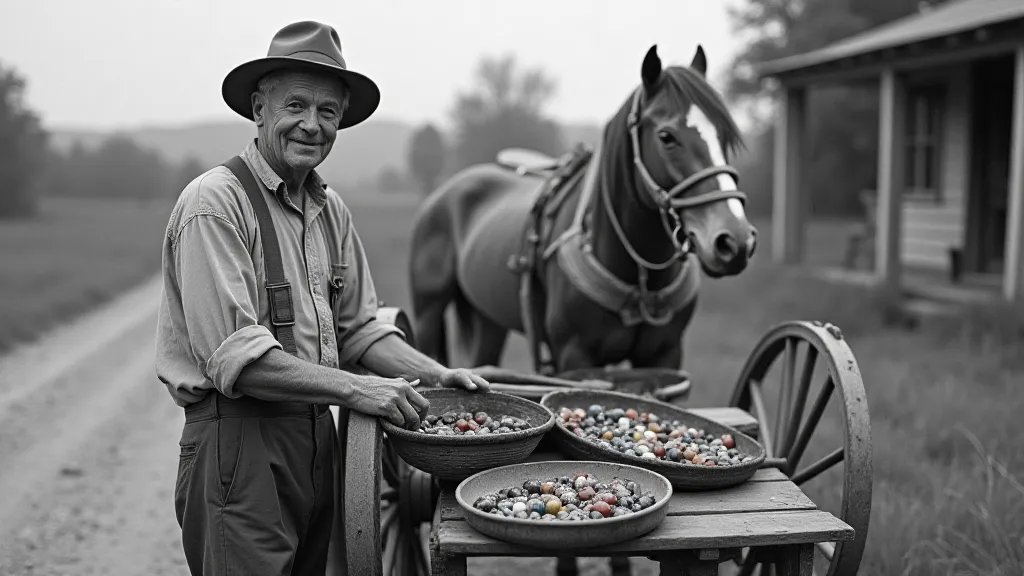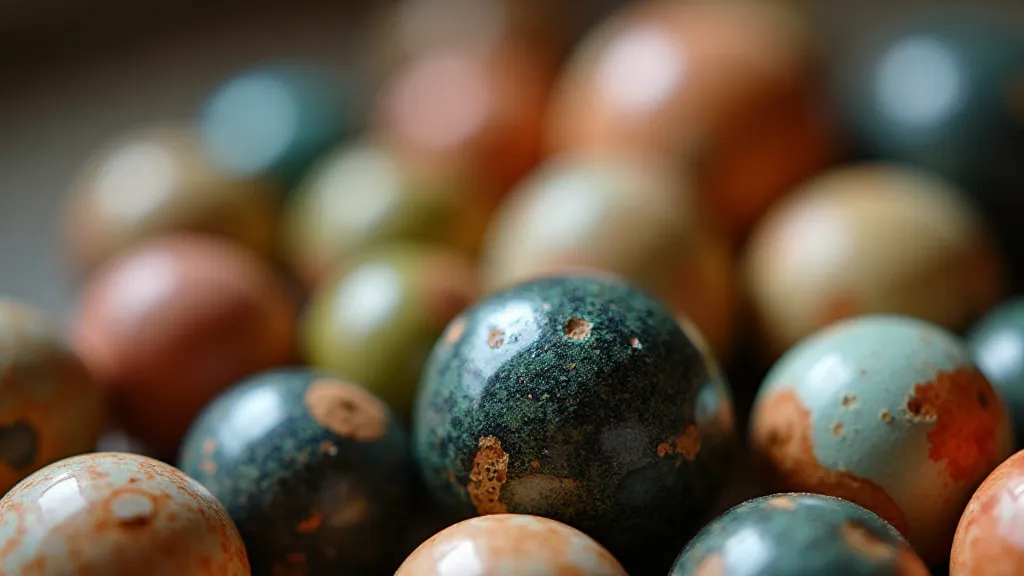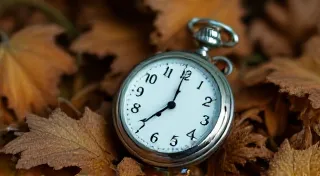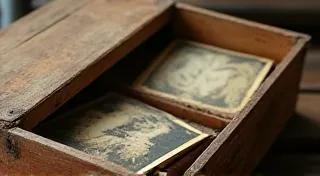A Peddler's Legacy: Tracing the Network of Marble Distribution in Rural America
The chime of glass against glass. The satisfying clatter of dozens, maybe hundreds, of marbles shifting in a woven sack. This wasn’t the sound of a modern toy store; it was the soundtrack of childhoods across rural America, a sound intrinsically linked to the tireless efforts of traveling salesmen and peddlers. To truly understand the landscape of antique marble collecting – its unique varieties, their regional distributions, and the stories they carry – we must journey back to a time when these itinerant merchants were the lifeblood of small-town commerce.
Imagine a landscape of farms and small villages, sparsely connected by dusty roads. Prior to widespread automobile ownership and standardized distribution networks, getting goods – particularly manufactured items – to these isolated communities was a considerable challenge. Enter the peddler, often traveling by horse-drawn wagon, bicycle, or simply on foot, bringing a touch of the outside world to those who rarely saw it. These weren't just sellers; they were storytellers, entertainers, and vital connectors within their communities.
The Men (and Women) Behind the Marbles
The individuals who distributed marbles weren’t always grand entrepreneurs. Many were immigrants seeking opportunity, veterans looking for a way to support their families, or simply resourceful individuals capitalizing on a need. They operated on a razor-thin margin, relying on their charm, their knowledge of the local area, and the sheer appeal of their wares to earn a living. They knew the rhythms of farm life, the days when families would have a few extra pennies to spend, and the children who would eagerly gather around their displays.
Think of Silas, a German immigrant I once encountered in a local historical society’s archive. His records, meticulously kept, detailed his routes through Ohio and Indiana in the late 1800s. He wasn't just selling marbles; he was selling aspirations. A few copper pennies could buy a boy a prize swirl, a girl a beautiful cat's eye. For a brief moment, that marble wasn't just a toy; it was a gateway to a world beyond the farm.

Marbles as Currency – and Community
The marbles themselves weren't just commodities; they functioned as a form of currency and social glue. In many rural communities, marbles were used to settle small debts or traded amongst children. The rarest or most desirable marbles held significant social value, signifying a child’s status within their peer group. A particularly beautiful "agate" or "steelie" could command a high price in marbles – a testament to its desirability.
The peddlers understood this. They often carried a curated selection of marbles, catering to the preferences of each community. They knew which patterns were popular in one area and which were considered "old stock" in another. This knowledge wasn't just about maximizing profit; it was about building relationships and earning the trust of the community.
The Geography of Glass: Regional Variations
The distribution network of marble peddlers left an indelible mark on the geographic distribution of marble varieties. Certain patterns and colors became synonymous with specific regions. For example, vibrant, richly-colored swirls were particularly prevalent in the Pennsylvania Dutch country, while “steelies” – marbles with a distinctive metallic sheen – were commonly found in the Midwest. These regional differences weren't random; they reflected the preferences of the local population and the peddlers’ ability to source and transport specific types of marbles.
The limited transportation options also meant that the peddlers often relied on local manufacturers and suppliers. This fostered a unique ecosystem of small-scale glass factories and marble makers, many of which operated in close proximity to rural communities. The surviving examples of these locally-made marbles are incredibly valuable to collectors today, not just for their rarity, but also for the story they tell about the ingenuity and resourcefulness of early American industry.
The Clay Marble Connection: A Different Peddler’s Trade
While glass marbles dominated much of the trade, clay marbles played a crucial role, especially in areas with limited access to high-quality glass. These simpler, often hand-formed marbles, were produced locally and distributed by peddlers alongside their glass counterparts. The artistry of the clay marble makers, while less refined than the glassblowers, was nonetheless significant. Often, these clay marbles were hand-painted with intricate designs, making them unique and cherished possessions.
Consider the story of Mrs. Elmira Hayes, a clay marble maker from rural Missouri. Her great-granddaughter, now in her nineties, recounts tales of Mrs. Hayes crafting hundreds of clay marbles each week, which were then sold by a traveling peddler who frequented the local farmers' markets. These clay marbles, though seemingly humble, represent a vital part of the marble collecting puzzle - a testament to the diversity of craftsmanship and distribution networks that shaped the landscape of rural America.

The Decline and Legacy
The rise of standardized transportation and large-scale manufacturing eventually led to the decline of the marble peddler's trade. As national chains and mail-order catalogs became more prevalent, the personal connection and localized distribution networks gradually faded away. Yet, the legacy of these itinerant merchants endures in the antique marbles they distributed – in the regional variations, the unique craftsmanship, and the stories they carry.
Collecting antique marbles isn't just about acquiring beautiful objects; it's about connecting with the past – with the farmers who tilled the land, the children who played with these simple treasures, and the peddlers who brought a touch of wonder to rural America. Each marble is a tiny window into a bygone era, a reminder of the ingenuity and resilience of the communities that built this nation. Examining a “lightning” marble with its dazzling internal flashes, or a perfectly formed “commy” marble, brings to mind the hands that shaped them, the wagon wheels that carried them, and the smiles they inspired.
The next time you hold an antique marble in your hand, take a moment to consider the journey it took to reach you – a journey that began with a peddler’s legacy, a network of human connection, and a shared love of simple joys.






